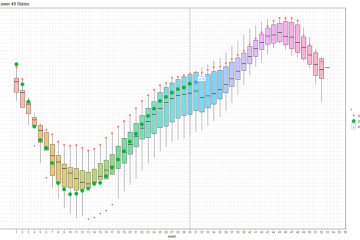The Rise of Flip: Real Estate and Retail Trends

Introduction
The concept of ‘flip’ has gained momentum over the past few years, particularly in the realms of real estate and retail. ‘Flipping’ refers to the practice of purchasing an asset, enhancing its value, and selling it quickly for profit. This trend is not only shaping investment strategies but is also having a significant impact on various markets. With an ever-growing interest from investors and homeowners alike, understanding the dynamics of flipping becomes crucial for staying ahead in these competitive industries.
Real Estate Flipping
In the real estate market, flipping has become a popular strategy among investors seeking quick returns. According to a recent report by ATTOM Data Solutions, 2022 recorded a dramatic increase in home flipping, with nearly 80,000 homes flipped across the United States, marking a 12-year high. This trend is largely driven by low housing inventory combined with rising home prices, presenting opportunities for investors to acquire properties, renovate them, and sell at a premium.
Experts emphasize the importance of market research and property selection when engaging in flipping. Investors must identify neighborhoods with growth potential, assess renovation costs accurately, and establish a solid sales strategy. The average gross profit for home flips has reportedly reached approximately $62,000, making it an attractive proposition for many.
Retail Flipping
Flipping is not just confined to real estate; it has also infiltrated retail. The phenomenon of ‘retail flipping’ involves purchasing limited edition or popular items and reselling them at a marked-up price. This practice is particularly prevalent in the sneaker and streetwear markets, where items can sell out quickly, creating a lucrative secondary market.
The rise of e-commerce platforms such as StockX and GOAT has facilitated retail flipping, allowing individuals to buy and sell items more easily. However, challenges persist as brands are beginning to implement anti-flipping measures, such as limiting purchases per customer or creating raffles to distribute high-demand products more equitably.
Conclusion
The trend of flipping, whether in real estate or retail, signifies a shift in investment strategies and consumer behaviors. As individuals become more aware of opportunities for profit, the potential for flipping continues to grow. While the rewards can be significant, it is crucial for participants to remain informed and cautious, as market conditions can shift rapidly. For readers and potential investors, diving into the world of flipping requires careful planning and an understanding of market trends, making education and research key components of success.









